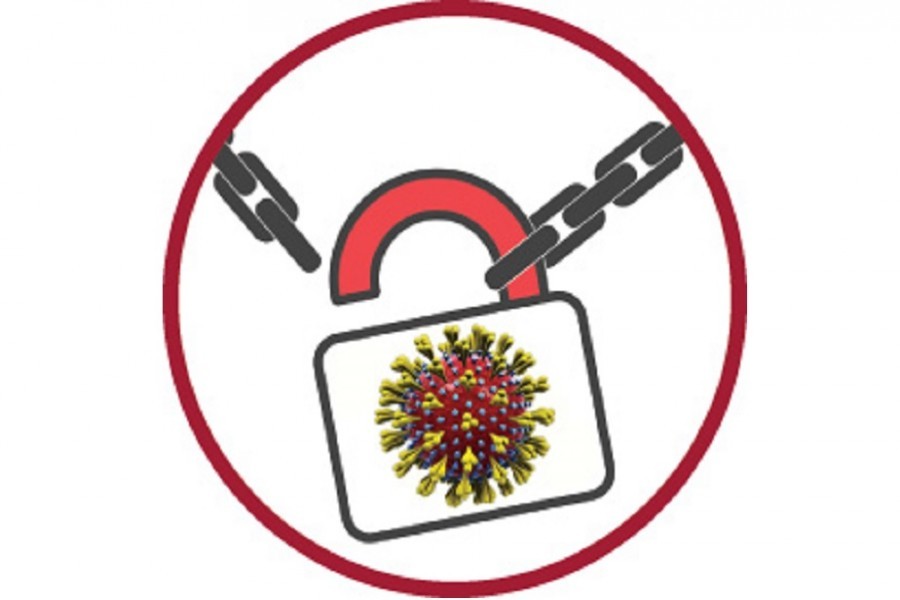
Published :
Updated :

The virus has now concentrated its attack on the districts close to the Indo-Bangladesh border.
Dhaka that used to have death and infection tally more than half of the daily Covid victim counts is now in a somewhat comfort zone. The daily infection rate in Dhaka has come down to below 5.0 per cent and the number of deaths is around 25 per cent of the country's total.
One, however, has to consider all the data that are dished out by the directorate general of health services (DGHS) daily with a grain of salt since the number of Covid tests done daily is too scanty and the data gathered by it are not extensive enough.
Health experts' relentless emphasis on extensive testing notwithstanding, the DGHS has been showing an inexcusable reluctance to doing this. The number of testing facilities has increased manifold during the last 14 months across the country. Yet the number of tests except for one or two occasions has hardly crossed 20,000-mark until now.
The number of daily Covid tests is not commensurate with the size of the country's population. Neighbouring Indian state of West Bengal has been conducting over 60,000 tests daily though its population is slightly more than half of Bangladesh's. China's aggressive testing and contact tracing have proved their effectiveness in containing the virus. For instance, following the latest detection of corona infections in Guangzhou, the capital of the southern province of Guangdong, the authorities there practically tested the entire population of 18.7 million in just two days and put neighbourhoods of over 0.18 million residents under complete lockdown.
Extensive testing helps isolate infected persons, symptomatic or asymptomatic, and contain the disease more effectively. The results of the small number of Covid tests done daily show the state of infections in the country, but it is not enough to deal with a deadly pathogen like SARS-CoV-2.
The unabated rise in Covid infections and death in the frontier districts should be an issue of great concern for the government. It is beyond doubt that the ongoing surge in infection is very much linked to the recent serious deterioration in the Covid situation in India. Both infection and death have declined in India during the past few days. Before that, the infection rate had crossed over 400, 000 and the number of deaths over 4,000 a day.
It was a proper move by the government to close official border entry points some weeks back. The Bangladeshis who entered the country under special permission, were made to stay in temporary isolation centres for 14 days.
Despite the closure of formal entry points, the movement of people across the border is very difficult to stop. There is always continuous unauthorised movement over a long and porous border. The government should have strengthened vigilance along the border. The Bangladesh Border Guard (BGB) has rounded up some people who had made illegal entry. But that was not enough.
The border districts in the country's north and south-west regions facing a surge in infections do not have sufficient Covid treatment facilities. For instance, Rajshahi Medical College Hospital, the only major health facility in Rajshahi Division, is overwhelmed by the onrush of Covid patients.
The government should ensure supply of enough high-flow oxygen and establish field hospitals for Covid patients in the affected border districts. There should be an all-out lockdown there, cutting off communication with other districts, including Dhaka.
The way the government handled the lockdown or other restrictions so far since the outbreak of the disease has only evoked cynicism. In the name of protecting livelihoods, the authorities have not been serious about enforcing lockdown. To protect other areas of the country, the government should not be negligent in enforcing lockdown strictly. Failure in doing so might prove very costly in the end.


 For all latest news, follow The Financial Express Google News channel.
For all latest news, follow The Financial Express Google News channel.